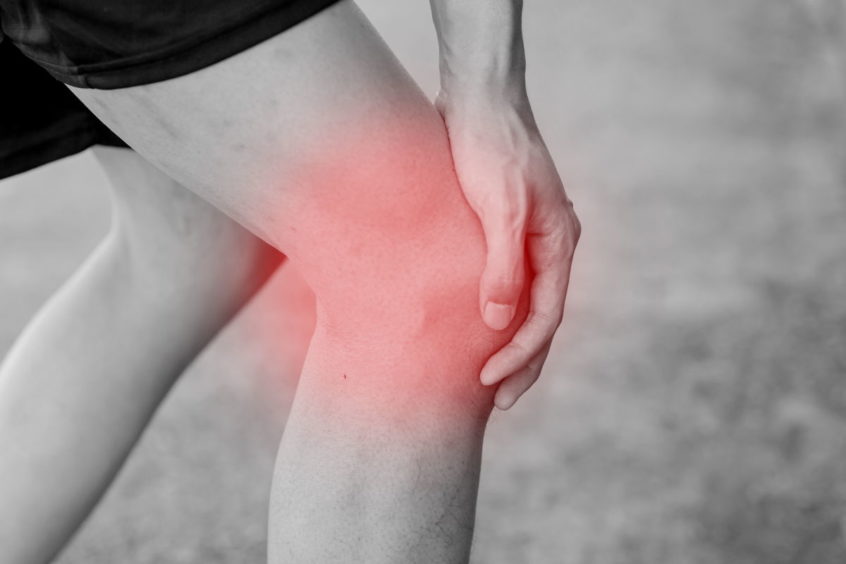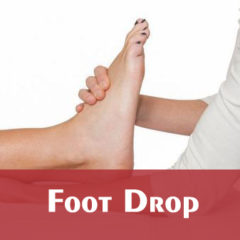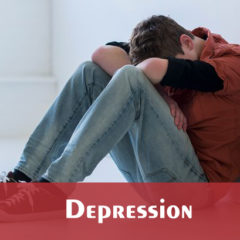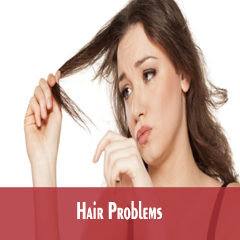Osteoarthritis Treatment in Jaipur
REQUEST A CALL BACK
What is Osteoarthritis?
Osteoarthritis (AH-stee-oh-ar-THREYE-tis) is the most common type of arthritis and is seen especially among older people. Sometimes it is called degenerative joint disease. Osteoarthritis mostly affects cartilage (KAR-til-uj), the hard but slippery tissue that covers the ends of bones where they meet to form a joint. Healthy cartilage allows bones to glide over one another. It also absorbs energy from the shock of physical movement. In osteoarthritis, the surface layer of cartilage breaks and wears away. This allows bones under the cartilage to rub together, causing pain, swelling, and loss of motion of the joint. Over time, the joint may lose its normal shape. Also, small deposits of bone — called osteophytes or bone spurs — may grow on the edges of the joint. Bits of bone or cartilage can break off and float inside the joint space. This causes more pain and damage.
People with osteoarthritis usually have joint pain and stiffness. Unlike some other forms of arthritis, such as rheumatoid arthritis, osteoarthritis affects only joint function. It does not affect skin tissue, the lungs, the eyes, or the blood vessels.
In rheumatoid arthritis, another common form of arthritis, the immune system attacks the tissues of the joints, leading to pain, inflammation, and eventually joint damage and malformation. It typically begins at a younger age than osteoarthritis, causes swelling and redness in joints, and may make people feel sick, tired, and feverish. Also, the joint involvement of rheumatoid arthritis is symmetrical; that is, if one joint is affected, the same joint on the opposite side of the body is usually similarly affected. Osteoarthritis, on the other hand, can occur in a single joint or can affect a joint on one side of the body much more severely.

Osteoarthritis Symptoms:
Symptoms of osteoarthritis vary, depending on which joints are affected and how severely they are affected. However, the most common symptoms are pain and stiffness, the particular first thing in the morning or after resting. Affected joints may get swollen, especially after extended activity. These symptoms tend to build over time rather than show up suddenly. Some of the common symptoms include:
Sore or stiff joints – particularly the hips, knees, and lower back – after inactivity or overuse.
- Limited range of motion or stiffness that goes away after movement
- Clicking or cracking sound when a joint bends
- Mild swelling around a joint
- Pain that is worse after activity or toward the end of the day
Here are ways OA may affect different parts of the body:
- Hips. Pain is felt in the groin area or buttocks and sometimes on the inside of the knee or thigh.
- Knees. A “grating” or “scraping” sensation occurs when moving the knee.
- Fingers. Bony growths (spurs) at the edge of joints can cause fingers to become swollen, tender and red. There may be a pain at the base of the thumb.
- Feet. Pain and tenderness are felt in the large joint at the base of the big toe. There may be swelling in ankles or toes.
OA pain, swelling or stiffness may make it difficult to perform ordinary tasks at work or at home. Simple acts like tucking in bed sheets, opening a box of food, grasping a computer mouse or driving a car can become nearly impossible. When the lower body joints are affected, activities such as walking, climbing stairs, and lifting objects may become difficult. When finger and hand joints are affected, osteoarthritis can make it difficult to grasp and hold objects, such as a pencil, or to do delicate tasks, such as needlework.
Many people believe that the effects of osteoarthritis are inevitable, so they don’t do anything to manage it. OA symptoms can hinder work, social life, and family life if steps are not taken to prevent joint damage, manage pain and increase flexibility.





